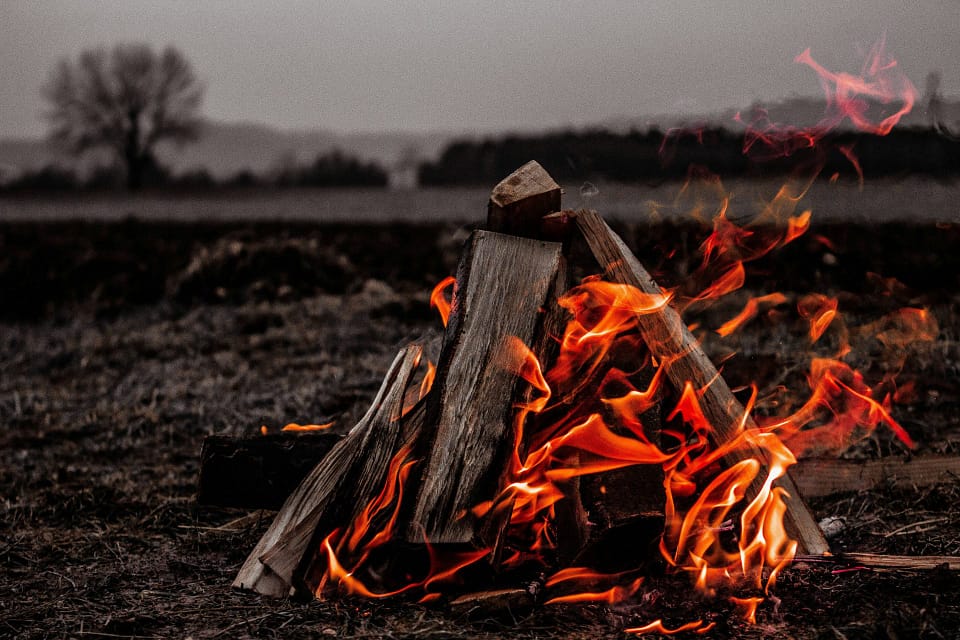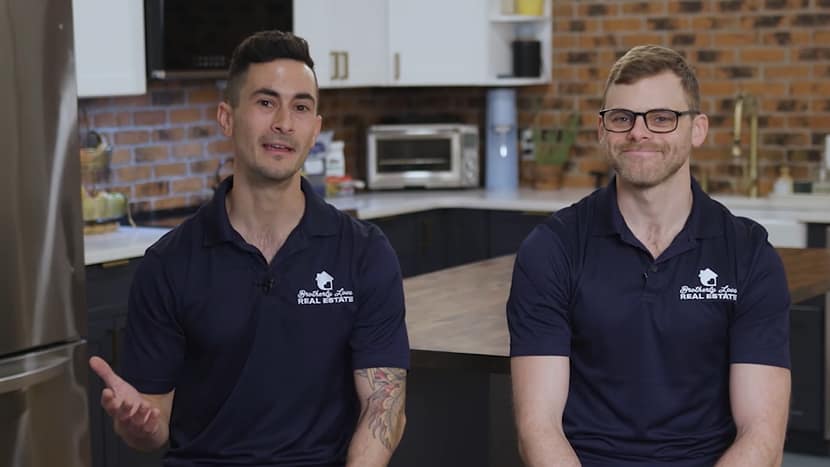4 Critical Safety Protocols to Follow During Fire Damage Restoration

Fire can cause critical damage to a house. It’s a rough event to go through as a homeowner. The fire damage restoration process is, unfortunately, very complicated. You must follow specific key safety protocols during the fire restoration process to complete it successfully.
Years ago, Brotherly Love Real Estate purchased a house with fire damage. Needless to say, we got an excellent price for the property. Flipping the house took longer than we had anticipated, but we got things done.
Safety protocols during a fire damage restoration are not only for the homeowners but for everyone involved.
1. On-site Evaluation and Risk Identification
Identify and determine structural stability. Hazardous materials, such as soot, ash, mold, or even chemical residue, need to be detected. This will help in assessing the risk. Every specialized fire restoration company accounts for the level of severity and then undertakes a risk assessment. You need to rank the hazardous waste by its level of seriousness so that the most serious can be attended to immediately.
2. Personal Protective Equipment

Workers should be equipped with personal protective equipment as insurance against harmful substances during contact with chemicals. They should have masks and respirators to prevent respiratory disorders and airborne contamination.
When we buy homes as-is, they are oftentimes fire-damaged. “Our team ensures safety protocols are followed. Workers must wear long-sleeved protective clothing at all times to avoid contact with harmful materials.”
3. Safe Work Procedure

To ensure the worker’s safety, which is necessary for handling debris safely, one has to undergo a safe work procedure. Minimizing the dispersal of dust and ash is addressed through proper tools and techniques. There must also be vacuums with HEPA filters included in the cleaning kit, and debris and ashes are placed in bags and sealed properly.
Documentation of disposal must be based on such practice conducted. Especially when you are forced to relocate due to the fire, it’s important to document everything that happened. Tragic events are easy to forget. You want to know exactly what went down since not much may remain after the fire runs through.
4. Air Quality Management
There should be proper ventilation, along with an air scrubber and purifier that can trap the fine particles to help improve air quality. Regularly monitor the air quality to determine the level of harmful contamination, which should be conducted at different stages of restoration.
Use the right equipment to remove contamination. There should be efficient removal of fire residue, which includes soot, ash, and smoke.
If the air quality inside the building is toxic, you may need to demolish it. Selling properties that are in that rough shape is hard. According to Jon, “Not many people want to buy them.” These are the last types of properties you will find on Zillow or Redfin. Cities will claim that they need to be torn down if they aren’t safe for resale on the market.
Safety Protocols During a Fire
Over the years, we have learned that:
- Before restoration services begin, electricity should be cut off through the main circuit breaker or fuse; this will prevent shock and possibly any fire from the electrical appliances.
- GFCIs should be used to connect power tools and electrical equipment. This significantly reduces the possibility of dangerous electricity or electrocution.
- You should also inquire if the homeowner’s insurance will cover mold caused by roof leaks.
- Above all, you must retain each receipt from the restoration process to support your claim.
Be Safe and Smart
Fires destroy homes, but more than that, they destroy lives. Homes can be rebuilt, but lives are lost forever. If you are in a situation where your home is undergoing restoration after fire damage, PLEASE follow safety protocols. YOU are responsible for your safety.
